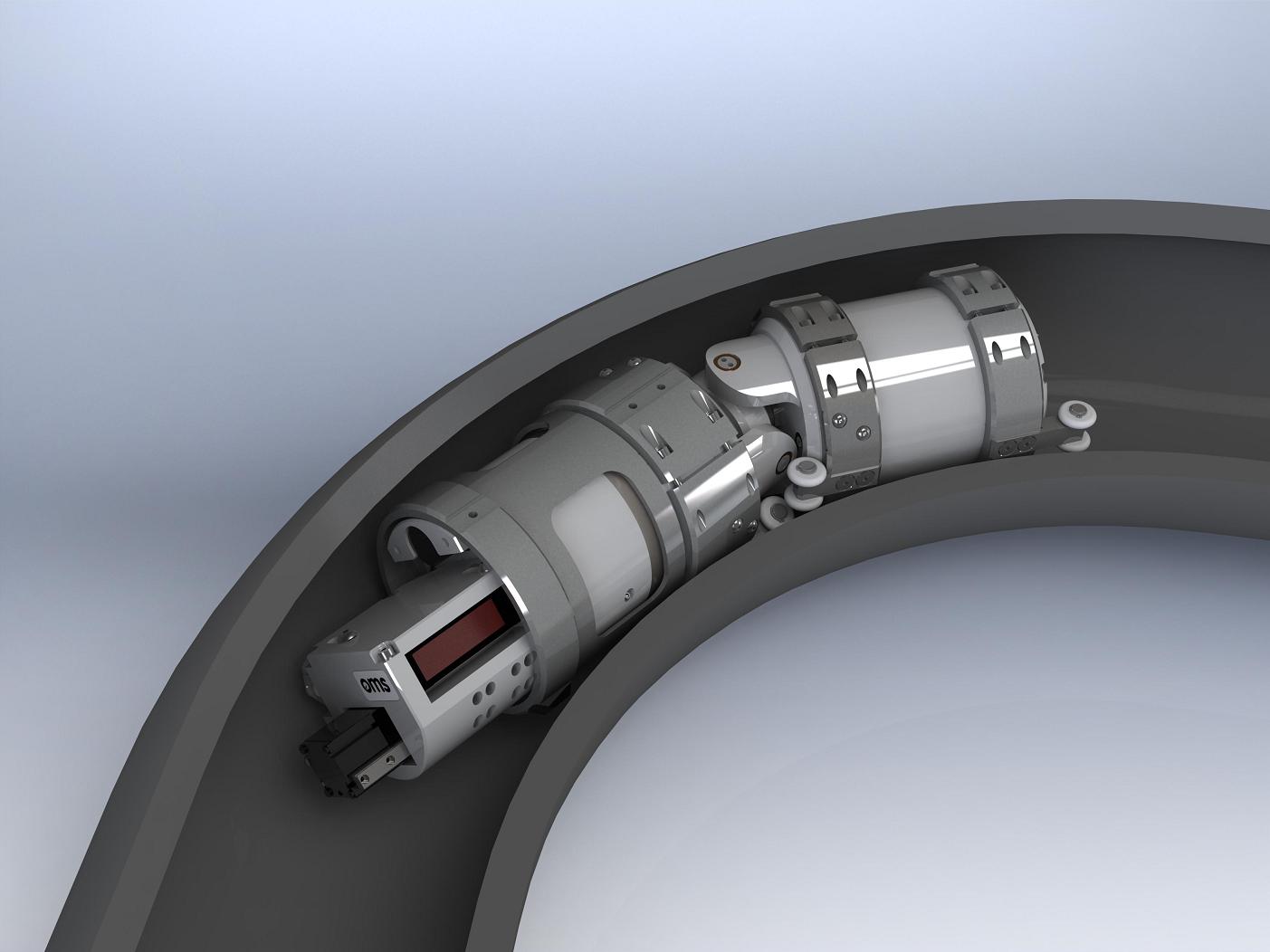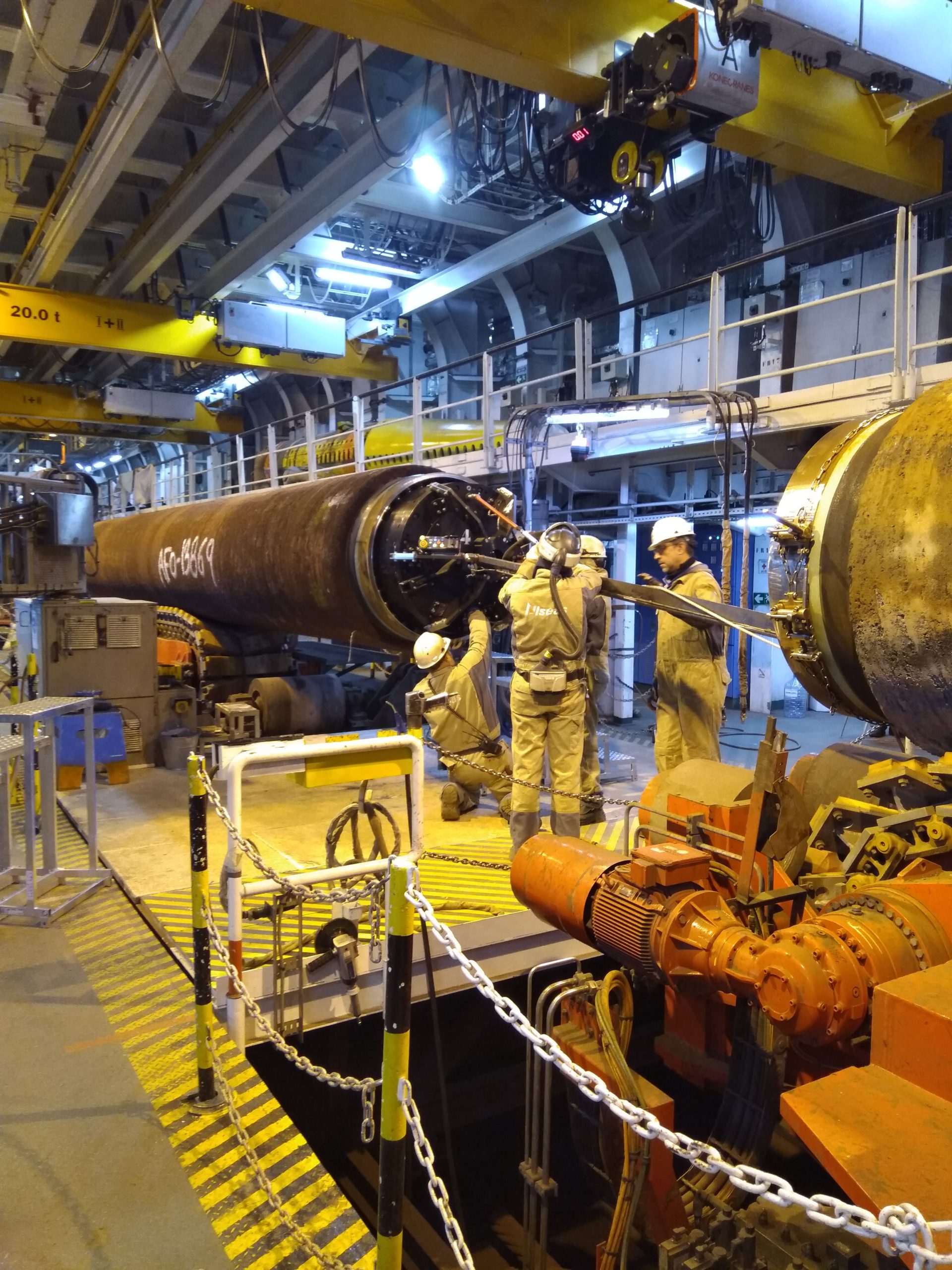Pipeline Welding Inspection: Ensuring Conformity with Industry Requirements
Pipeline Welding Inspection: Ensuring Conformity with Industry Requirements
Blog Article
Advanced Methods in Pipe Welding Evaluation: Innovations and Technologies for Improved Precision and Reliability in Weld Analysis
The landscape of pipeline welding examination is undertaking a substantial makeover, driven by sophisticated methods that guarantee to enhance both precision and reliability in weld assessments. Advancements such as automated evaluation systems and progressed imaging innovations are redefining traditional practices, while non-destructive testing approaches guarantee material stability is kept.

Relevance of Weld Assessment
Ensuring the stability of pipeline welds is vital to the general safety and security and integrity of industrial systems. Welds work as the structural foundation of pipes, which carry a range of fluids under varying stress. Defects in welding can cause disastrous failures, causing not only significant financial losses however likewise possible ecological disasters and hazards to public security. For that reason, extensive examination of welds is important to the lifecycle of pipeline framework.
The importance of weld evaluation expands past mere compliance with regulative standards. It acts as a proactive action to determine and rectify imperfections, such as insufficient blend, porosity, or cracks, prior to they escalate right into severe problems. Effective evaluation strategies also add to the durability of pipes, decreasing upkeep expenses and improving operational effectiveness.
Additionally, comprehensive weld examinations foster trust among stakeholders, including regulative bodies, financiers, and the areas offered by these pipelines. By making sure that all welds satisfy the required standards, organizations can minimize dangers and maintain their online reputations. In summary, weld examination is important not just for functional honesty but also for the broader effects it holds for safety and ecological stewardship.
Automated Assessment Solutions
The combination of automated evaluation systems in pipeline welding has changed the approach to making sure weld quality and honesty. These systems employ sophisticated robotics and fabricated knowledge to carry out examinations that are not only quicker yet likewise a lot more regular than conventional techniques. Automated systems can cover comprehensive sizes of pipelines efficiently, capturing data that human assessors might overlook due to exhaustion or ecological conditions.
One of the essential benefits of automatic assessment systems is their ability to run in hazardous settings, lowering the danger to human examiners. They use numerous non-destructive testing (NDT) methods, such as ultrasonic testing and magnetic particle assessment, to assess weld integrity without jeopardizing the framework. The information collected is processed in real-time, permitting instant feedback and prompt rehabilitative activities when flaws are determined.
In addition, automated systems promote the standardization of evaluation procedures, making certain that each weld is evaluated versus constant standards. This not just improves the reliability of outcomes yet likewise simplifies compliance with regulatory criteria. As markets continue to focus on safety and functional performance, the role of computerized examination systems in pipe welding will unquestionably expand, paving the method for more sophisticated quality assurance approaches.
Advanced Imaging Technologies
Frequently utilized in contemporary pipe welding examinations, advanced imaging technologies have considerably boosted the ability to find and examine weld defects. Methods such as electronic radiography, calculated tomography, and thermographic imaging give examiners with high-resolution images that disclose sub-surface imperfections and structural disparities that may be undetectable to the naked eye.
This leads to faster assessments and boosted accuracy in determining crucial issues. Computed tomography, on the various other hand, uses three-dimensional imaging, allowing assessors to visualize complex geometries and analyze the integrity of welds from several angles.
Thermographic imaging employs infrared imp source innovation to find variations in temperature, recognizing locations of prospective weak point or anxiety within the weld. These sophisticated imaging technologies not just boost flaw discovery prices yet additionally reduce the moment and sources needed for pipe examinations. Therefore, they play a vital duty in preserving pipe safety and reliability, making certain compliance with sector criteria while reducing functional risks.
Non-Destructive Checking Approaches
Making use of various methods, non-destructive screening (NDT) approaches are essential in pipe welding assessments, permitting the assessment of weld integrity without jeopardizing the product's structural integrity. NDT incorporates a variety of techniques, consisting of ultrasonic screening (UT), radiographic screening (RT), magnetic bit screening (MT), and dye penetrant screening (PT) Each method has unique benefits and applications relying on the certain demands of the inspection.
Ultrasonic screening utilizes high-frequency sound waves to identify inner defects, giving accurate measurements of weld density and stability. Pipeline Welding Inspection. Radiographic testing uses X-rays or gamma rays to create pictures of the weld, exposing interior flaws that may not be visible on the surface. Magnetic bit testing is reliable for spotting surface area and near-surface discontinuities in ferromagnetic materials, while dye penetrant screening highlights surface area fractures by using a colored dye
Integrating these NDT techniques right into pipe welding examinations enhances the accuracy and integrity of weld assessments, ensuring that potential failures are determined early. As markets require greater requirements for safety and efficiency, the role of NDT in maintaining the honesty of bonded frameworks proceeds to be critical in pipeline construction and upkeep.

Future Patterns in Weld Evaluation
As we want to the future of weld analysis, improvements in modern technology are poised to change the methods used for assessing pipeline stability. The integration of fabricated knowledge (AI) and equipment learning in examination processes is expected to improve the precision of defect discovery and predictive maintenance. These innovations permit real-time data evaluation, making it possible for inspectors to recognize possible problems before they escalate into significant issues.
Additionally, the use of drones equipped with advanced imaging systems is obtaining grip. These aerial assessments can cover huge locations quickly, capturing high-resolution photos and data that can be examined for flaws in hard-to-reach places. This not only enhances safety yet additionally boosts effectiveness in the examination process.
Additionally, the development of smart sensing units installed in pipe systems supplies the possibility for constant surveillance. These sensors can find modifications in pressure, temperature level, and vibrations, giving useful understandings into the health and wellness of the welds over time.

Verdict
In conclusion, the integration of innovative techniques in pipe welding assessment visit our website considerably boosts the accuracy and integrity of weld analyses. Developments such as automated evaluation systems, advanced imaging modern technologies, and non-destructive testing techniques play an essential duty in boosting issue detection rates and promoting positive upkeep strategies. As these modern technologies proceed to advance, they will certainly additionally make certain the safety and performance of pipeline systems, inevitably contributing to the stability of essential framework.

Report this page